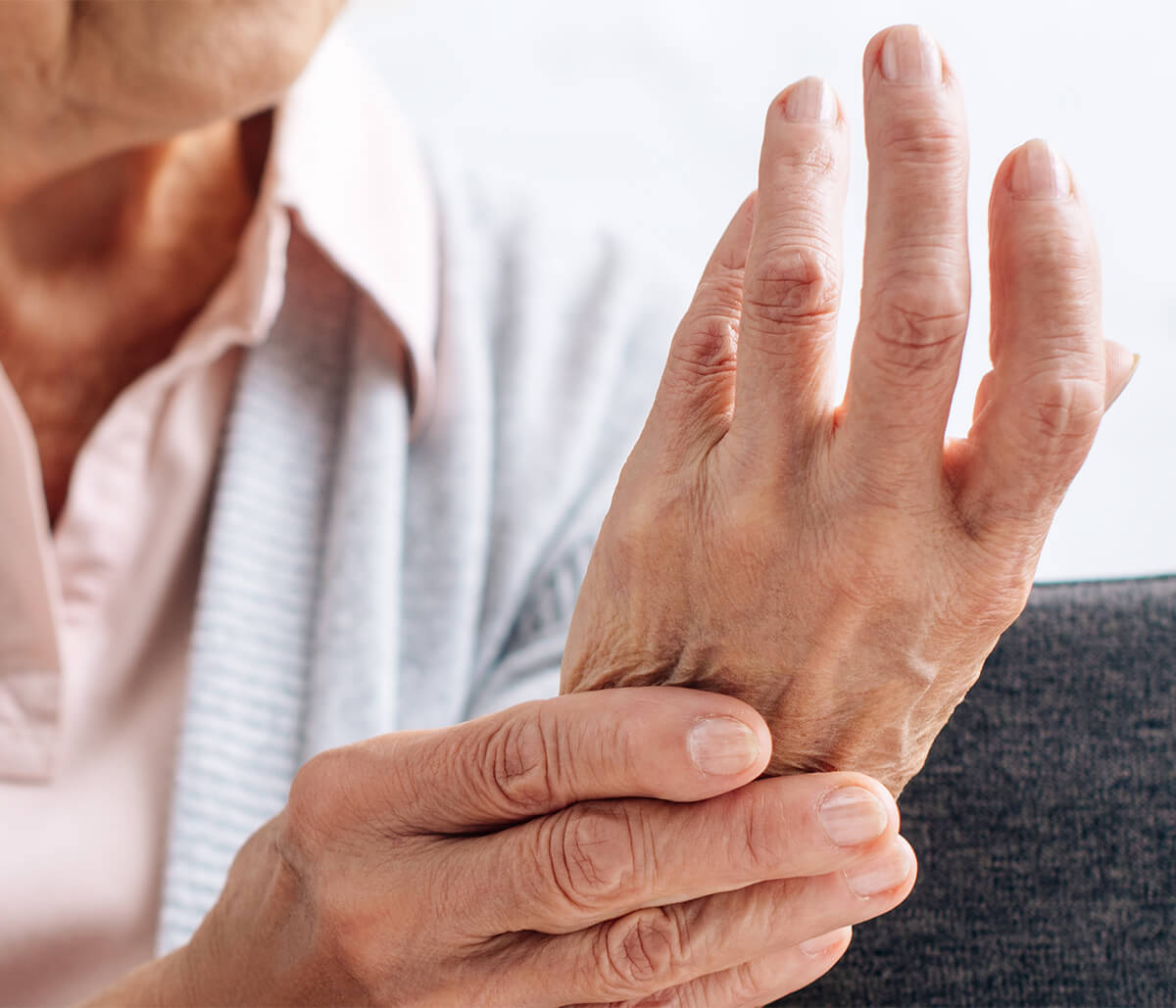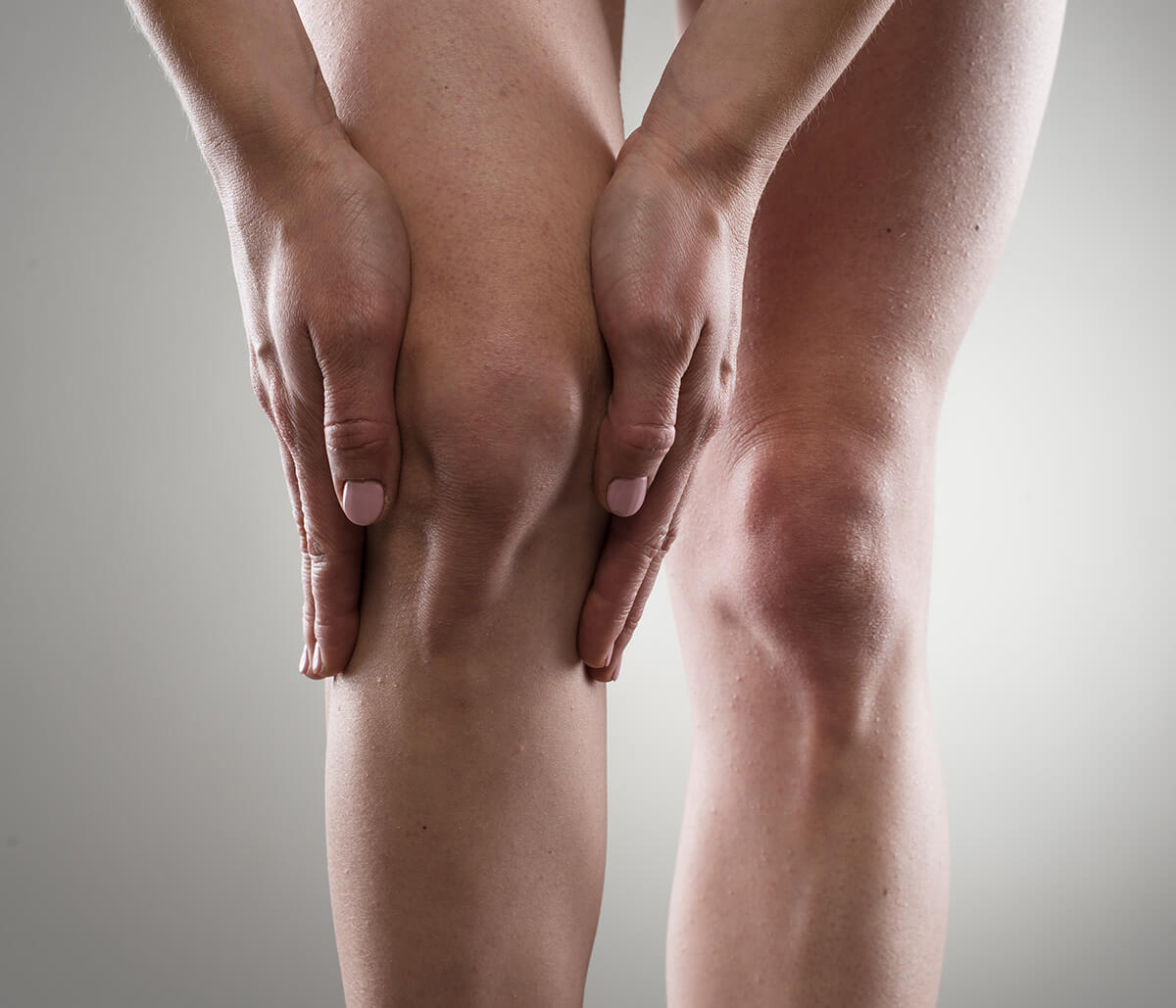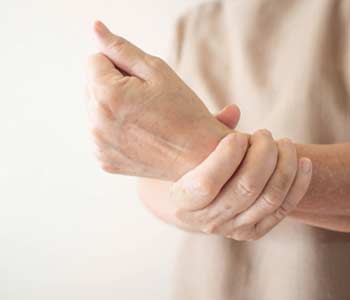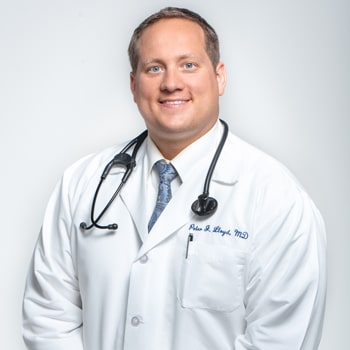Gout
Find relief from gout with effective treatment in Encinitas, CA
Gout is a painful condition, which can seriously impact a person’s quality of life. Residents of Encinitas, CA and nearby communities turn to Seaside Rheumatology for accurate diagnosis and effective treatment options.
What is Gout?
Gout is a disorder resulting from hyperuricemia (elevated blood uric acid concentration greater than 7 in males and greater than 6 in females) which leads to the deposition of monosodium urate crystals into various tissues throughout the body. Gout is one of the most common causes of inflammatory arthritis. Manifestations of hyperuricemia include; arthritis, kidney disease and Tophi (large deposits of monosodium urate).
Uric acid is the end product of purine degradation and is ultimately excreted by the kidneys. Hyperuricemia usually develops due to a combination of the kidneys underexcretion and increased uric acid production from increased dietary intake of purines or inherited enzyme abnormalities.
Risk factors
The peak age of onset is around 40 to 50 years of age for men and 60 years of age for women. It is important to note that certain familial forms of gout result in disease onset much earlier in life.
High body mass index/metabolic syndrome and alcohol are the strongest risk factors, others include:
- Kidney disease
- Hyperparathyroidism
- Hypothyroidism
- Respiratory acidosis
- Certain medications may cause hyperuricemia by inhibiting kidney excretion of uric acid
Gout symptoms and treatment options
The typical characteristics of an acute gout attack include abrupt onset and reaching maximum intensity within the first several hours. The attack can last several days to months and can resolve without intervention or with the aid of medications. The joint will typically be very hot, red, swollen and very tender to touch.
Gout can affect multiple joints at once or one joint at a time. The joints first effected are typically more distal in the extremity. Gout may be triggered by alcohol, increased dietary intake of purines, injury, or stress.
The diagnosis of gout is made based on clinical symptoms, blood tests and evidence of uric acid crystals in the joint fluid. Common medications used to treat acute gout include Nonsteroidal Anti-inflammatory Drugs, colchicine, joint steroid injections, and oral steroids. Patients who suffer from gout less than three times per year will use these types of medications.
Patients who suffer from several attacks per year will be considered for chronic daily treatment. These medications include; Probenecid, Allopurinol, Febuxostat and Pegloticase. These medications all have unique side effects that will be discussed in detail during your office visit at the Seaside Rheumatology and Wellness Center. Call us at 760-509-2429 to schedule an appointment to learn more about how you can find relief from the symptoms of gout.










